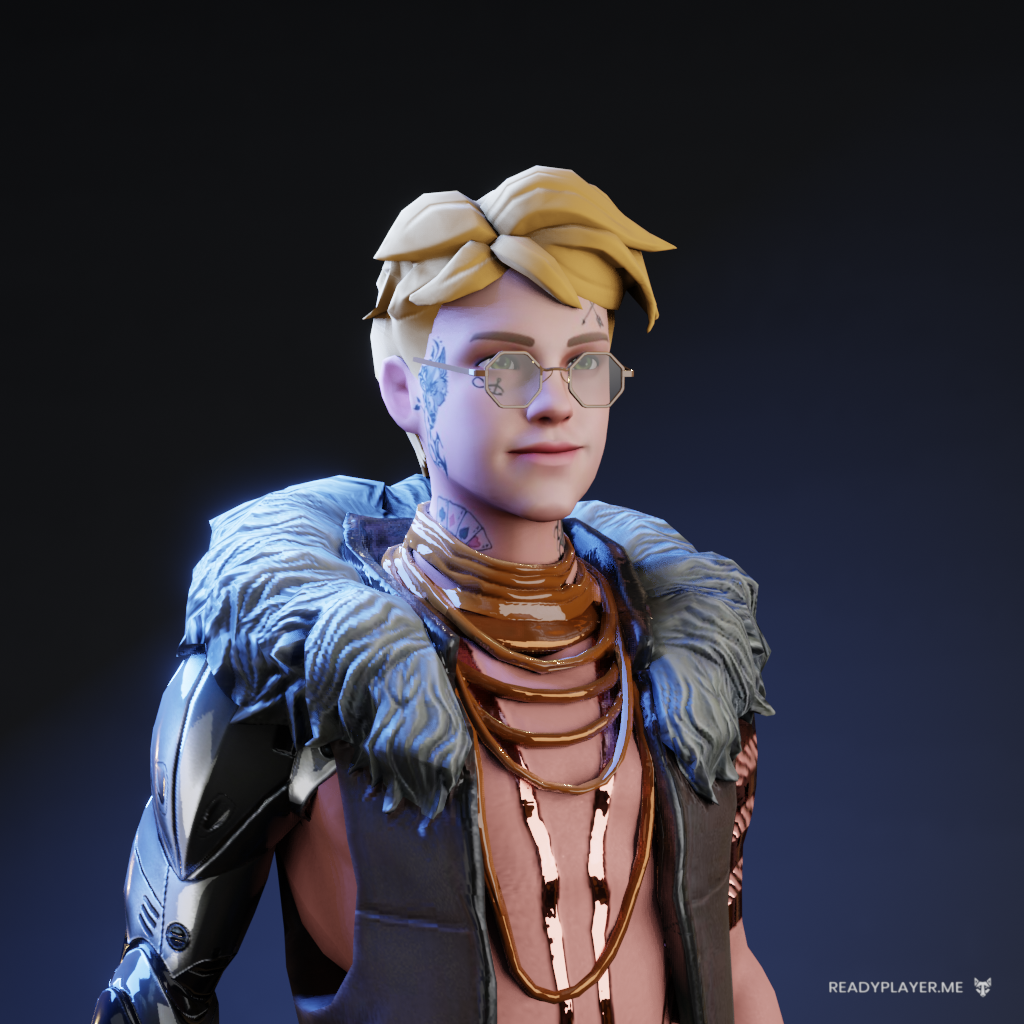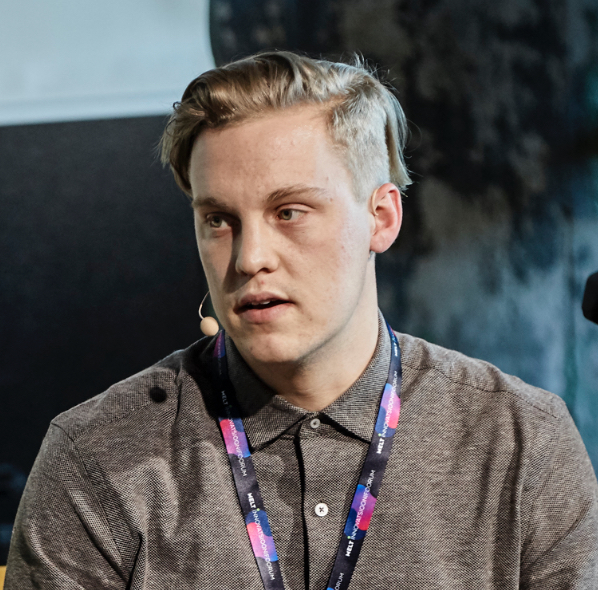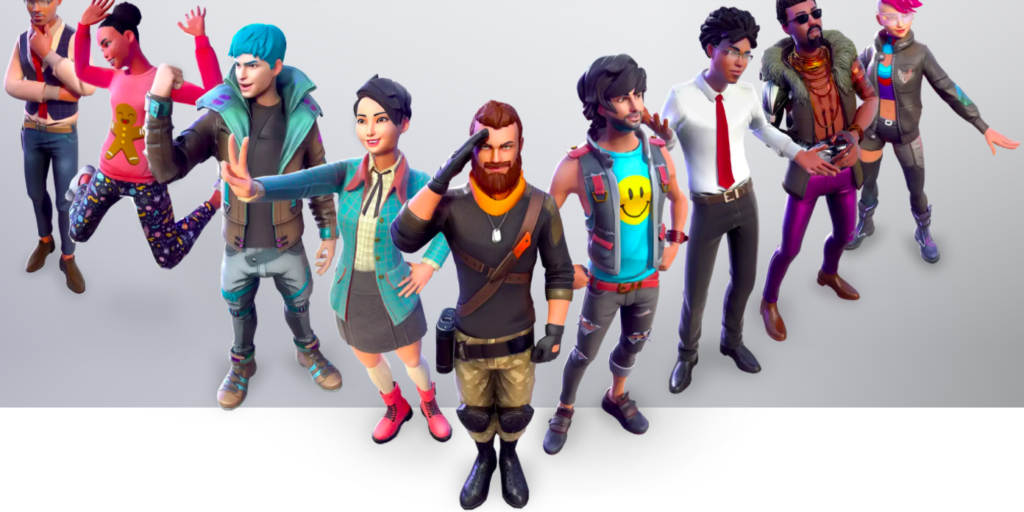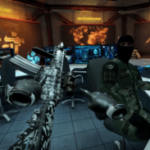Timmu Tõke lends his thoughts on everything from the importance of virtual identities to his favorite games and apps.
This past August, popular VR platform SideQuest introduced support for Ready Player Me, allowing players to bring their custom VR avatar with them across a wide variety of games and apps.
Timmu Tõke, CEO of Ready Player Me, took a few moments out of his busy schedule to talk with us about the importance of custom avatars, his favorite VR experience, and the future of metaverse.
When asked about Ready Player Me’s new partnership with SideQuest, Tõke said, “The future of our partnership is aligned with our overall mission – connecting hundreds of virtual worlds together.” adding, “We don’t have more to share just yet, but we are excited to see how SideQuest will grow in the coming months.”
If you haven’t created your own custom avatar yet, the process is incredibly simple. I was able to create my own 3D avatar in just a few minutes and then import the final product into VR apps such as Mozilla Hubs and VRChat with ease. For Tõke, keeping the process simple was a major priority for the team.
“It’s becoming clear that the metaverse won’t be a single app or game – it will be a collection of thousands of virtual worlds. Our goal with Ready Player Me is to be a connecting point for these worlds,” said Tõke, who sees his custom avatars as vital for maintaining a unique virtual identity. “People can create a consistent identity that’s easily recognizable and take it with them everywhere they go. It also makes it more convenient since there’s no need to create an avatar from scratch for every single app.”
In Tõke’s opinion, companies are too heavily focused on ownership. “Right now, big tech companies seek to take ownership of the metaverse, which we hear about on a daily basis. However, we are interested and believe in an ‘‘open metaverse’’, a more democratized version of the space where ownership becomes less relevant.”
Ready Player Me is a reference to the idea that the metaverse should be about you the user rather than a single company, similar to the premise of Ernest Cline’s Ready Player One. “We believe that avatars can be the connecting point for the metaverse and that they will make it more accessible.”
Tõke says he and the team already have several exciting partnerships in the works with dozens of companies that will introduce compatibility with various VR productivity tools. Ready Player Me already supports popular education tools such as Mozilla Hubs, Imedu, and House of Math. For collaboration, Ready Player Me works with platforms such as Immersed, vSpatial, MeetinVR, and many others.
When asked about the importance of inclusion and being able to represent your individual heritage in the metaverse, Tõke says that he wants everyone to be able to express themselves: “We want everyone to be able to create a digital version of themselves – either one that looks just like them or one that represents them in a way that they feel most comfortable in. It’s important for us to give our users as many options as possible. Virtual worlds should let us truly express ourselves, and we want our avatars to help in achieving that.”
“We most definitely are getting closer. However, it is an incremental process and one which will take time. Our partnerships are a big step in making the dream of the open metaverse a reality. We work together with these partners to connect hundreds of virtual worlds, and let anyone travel between them with their Ready Player Me avatars.”
Anyone who’s tried VR will tell you how incredible the technology can be, especially when experiencing it for the first time. For Tõke, that experience changed everything.
“I think it must have been one of the rollercoaster apps that everyone was showing off when the first Rift came out. I was impressed by the immersion of the experience. It was clear to me back then that VR was going to be important in the future. Later, when Facebook acquired Oculus back in 2014, I realized that VR is coming to the masses and that there must be a way to create accurate and consistent digital representations of everyone. Otherwise, none of the social VR experiences will feel immersive.”
He wasn’t wrong. Since the purchase of Oculus, VR has evolved at a rapid pace. It was only a few years ago that playing VR meant purchasing an expensive high-powered PC capable of running an equally expensive headset. Today, all you need to get started is $300 and a bit of open space.
When asked about his favorite VR experiences, Tõke expressed a deep love for Rec Room. He loves using the platform to connect with his team of global creators and blow off some steam with a few rounds of Paintball. He also mentions LIV as a great utility for YouTube and Twitch creators to share VR experiences with other people.
“Based on our rapid growth rate (40% month on month), I think it is fair to say the VR industry is booming right now, and expanding quicker than many people realize. Like any new technology, however, its success largely depends on how quickly it is adopted by consumers, and in that respect, we still have some way to go.”
Ready Player Me avatars works on a large list of platforms, including SideQuest, Somnium Space, CollegeVR, TCL, and many more. You can find a complete list of compatible platforms here. Players can get started building their custom VR avatars today at readyplayer.me.
Feature Image Credit: Ready Player Me
The post CEO Of Ready Player Me Talks VR Avatars And The Metaverse appeared first on VRScout.







